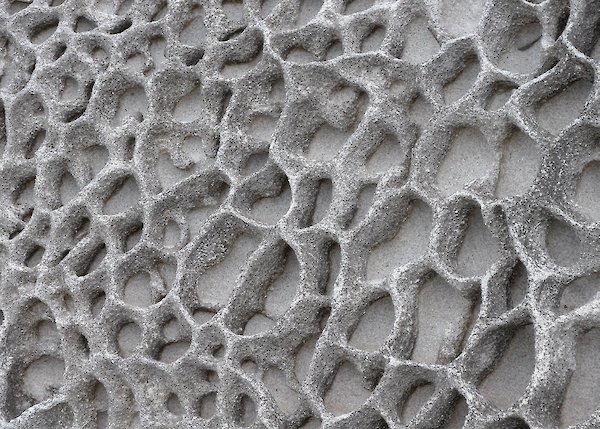Speakers
Anja Seliger
has received the degree Diplomingenieurin in Horticultural Sciences and Landscape Architecture from Humboldt Universität zu Berlin and Technische Universität Dresden. She has gained practical experience in the field of production, use of plants and horticultural management in Berlin, Hagen and Dresden, Germany and in the field of preservation of historical gardens in Zurich, Switzerland. Since 2009 Seliger is a scientific staff member at the Institute of Landscape Architecture at BOKU, University of Natural Resources and Life Sciences in Vienna, Austria. Besides pursuing her own doctoral research of Austrian landscape architecture in the 20th century, she has published two articles about the historical use of perennials in Austria in Die Gartenkunst. In addition she teaches master courses in landscape history.
Transformation in Landscape Architecture
Especially parks are difficult to preserve as they originally were intended to be. Trees grow and disappear and open spaces tend to be overgrown. Approximately every century a new plan must be made to renew, and in that way preserve, the quality of a historic park. That means adding and incorporating a new layer on top of the previous development of a park. A transformation with respect towards the specific history of the object but not a copy of its history. The crucial word in this process is ‘respect’.
After a brief introduction to the theme, I will show three realized plans. The first is Twickel Estate in Delden, a five hundred year old park that has undergone a huge revitalisation in the last decade. The last transformation was in 1897 by Petzold, a German park architect.
The second is the Grebbeberg, which is, up till the moment the project was realised, a quite invisible archeological site in a nature preservation area. The commission was to show that there was something special on this natural site overlooking the river Rhine. A few subtle and small interventions left the site as it was, but in the mean time put it on the map and gave it a new layer of interest.
The third is a park in Osdorp, a suburb of Amsterdam realised in the fifties of the last century. To counter a downward spiral in the social status of this neighborhood new housing is added of a better quality and in that way introducing another population into the neighborhood. As a result the green space is less, but on the other hand a budget was given to enhance its quality. The waterpark is a result of this extra investment in green. A complete transformation of a typical closed green area without much identity into an open playful park.
